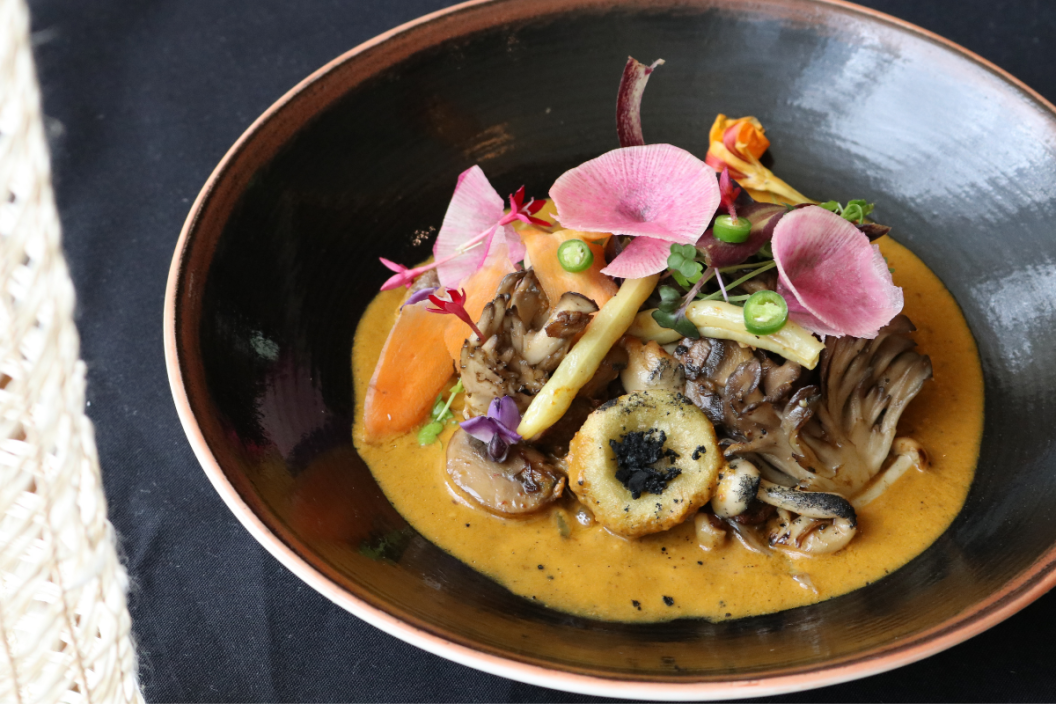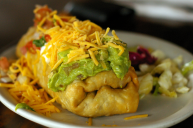In America, most of us have only a basic idea of what mole sauce is- a Mexican sauce involving chocolate, served with tamales or enchiladas. However, there's much more to this complex sauce, from its history going back to pre-colonial times to the limitless number of variations that it can embody. For Texans with an adventurous palette, the best place to try mole is at Xochi, a Oaxacan restaurant owned by Chef Hugo Ortega.
Videos by Wide Open Country
What is Mole Sauce?
As Chef Ortega explains, mole is a famous sauce of Mexico that "comes in many colors and textures- it can be as simple as 5 ingredients or as complex as 21 ingredients. . .every region has its own mole, and this is part of the great influence that Mexico has had on the world."
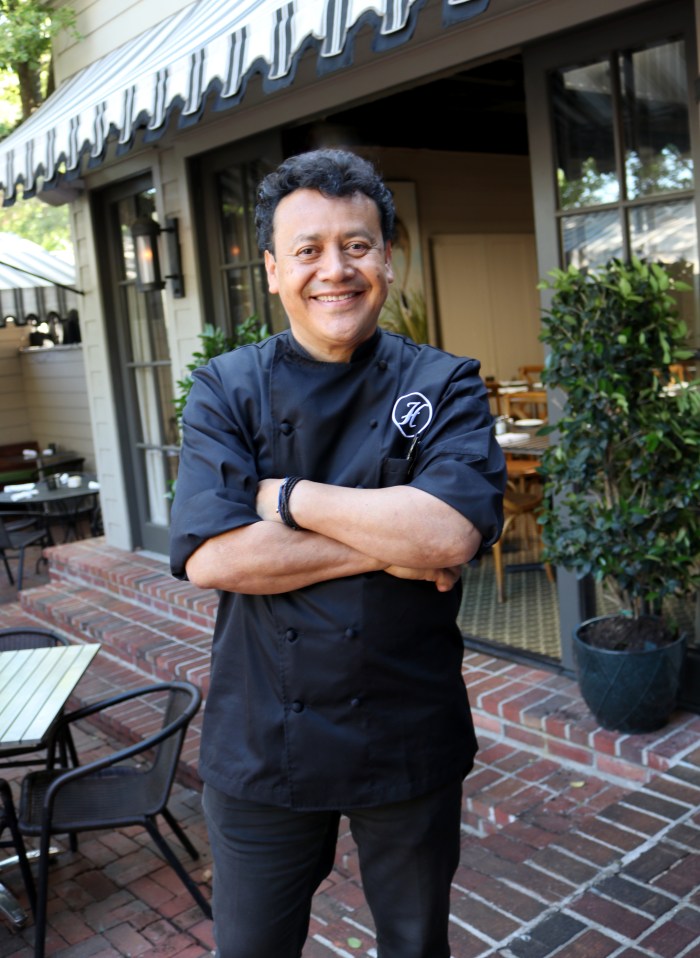
Paula Murphy
Mole poblano, the most well-known variety of this tasty sauce, is in fact the national dish of Mexico. This version of Mexican mole is what most people think of when they picture mole sauce- a brown, dark chocolate sauce served with tamales or tacos. However, there are countless varieties of mole sauce containing a plethora of flavors and ingredients, and they can be served with almost anything.
Along with being flavorful and historical, mole is an integral part of the culture of Mexico. When asked what mole means to him, Ortega replied,
"Mole is part of society. It's part of culture, it's part of civilizations, it's part of Mexican food- it's that and more. Still today, in many rural parts of Mexico, when somebody gets married for example, the whole town participates by bringing the nuts, peppers, turkey, spices, cinnamon, and the ingredient that makes mole what it is- the chocolates."
How Did Mole Originate?
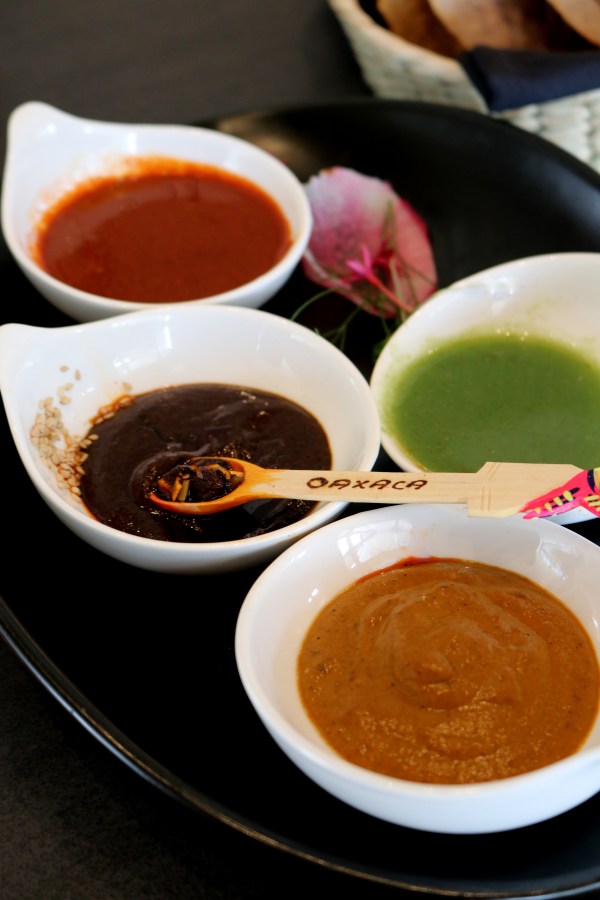
Paula Murphy
Although the origins of this authentic Mexican dish are uncertain, a folktale about a nun in Puebla, Mexico is often cited as the origin of mole poblano. Ortega feels that this story likely has some truth to it, and expanded on how he imagines its creation happened.
"That's what the chefs of Mexico describe. It got invented in a convent in Puebla. . .one of the French generals [was] passing through Puebla and the nuns said we need to get to together and create something wonderful...and they got together and started putting all these ingredients in. The more ingredients they put [in], the more in trouble they got...so probably the more savvy of all the nuns figured out it was a complete mess [and] said 'hey hermanas, hermanas, let's put some chocolate in and maybe that will solve the problem.'"
A Texas Spin on Mole Sauce
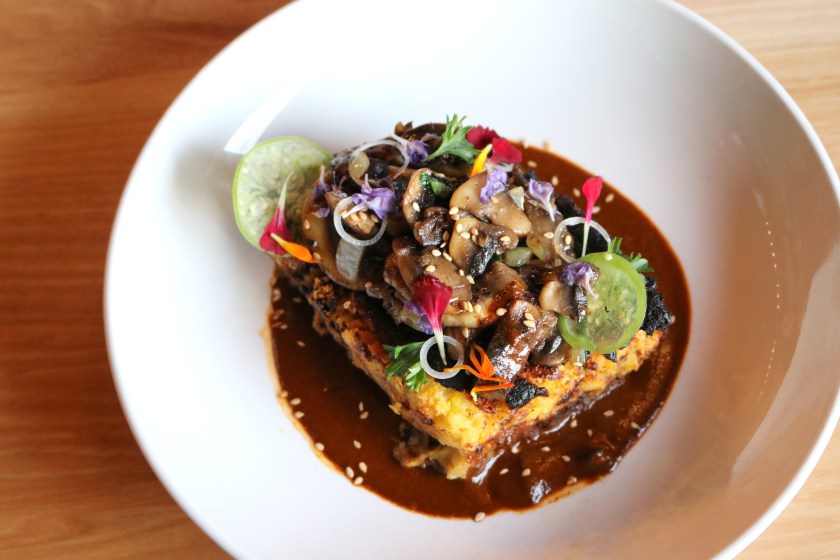
Paula Murphy
Chef Ortega learned how to make mole from his grandmother and mother, who learned it from their mothers and grandmothers. However, as a Mexican transplant in Texas, he's expanded the definition of mole even further, letting his creativity run free as he experiments with ingredients native to Texas.
One of the biggest breakthroughs in his mole sauce creations was his fig mole, which he made from a tree growing outside of his restaurant.
"About 5 years ago a neighbor at Hugo's gave me a small fig tree and I said, 'what do you do with this?' She said [to] plant it, and I said 'well I guess it would be a good thing to have a fig tree in the parking lot at Hugos.' The second year it gave lots of figs, and the birds were eating the figs, and one day I got upset and said 'enough is enough- I want to make a fig mole.' So I made a fig mole and served it with quail, and then I had a story to tell the customers; they thought it was pretty neat."
This success sparked a flame in chef Ortega, and he began to experiment with all kinds of ingredients and flavors. From mango mole to pineapple mole to persimmon mole, Ortega has shown that he can make anything into a delicious sauce. One of the new moles that he's recently created in pecan mole, which is about as Texas as you can get!
"It's just a satisfying thing to be able to create and let your imagination run wild. It's in you, it's in your heart and in your mind how your ancestors did it."
Try Mole For Yourself at Xochi
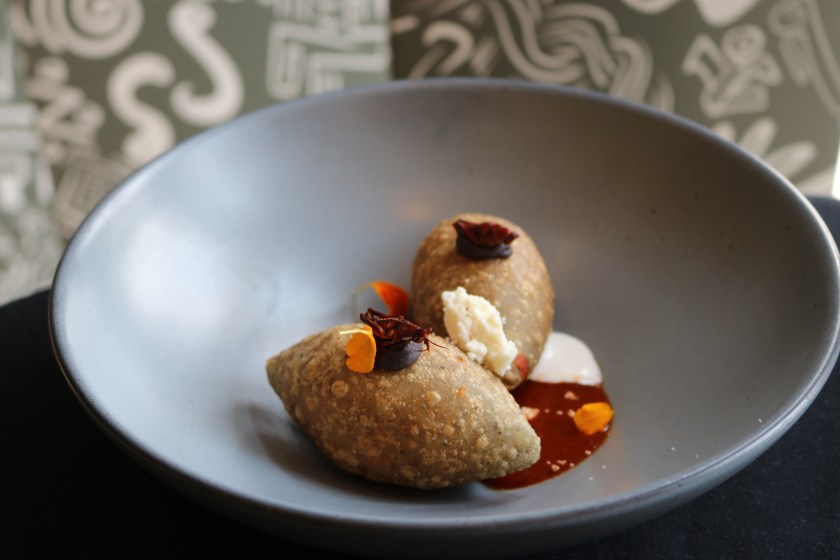
Paula Murphy
For those who haven't experienced the complexity of textures and flavors that mole sauce encompasses, Ortega's restaurant Xochi in Houston is the place to try it for the first time. Ortega opened this restaurant in honor of Oaxaca and his grandmother, taking the opportunity to create something true to his roots.
The name Xochi is short for Xochil, which means 'flor de muerto' in Zapotec. The 'flor de muerto,' or 'flower of death' is the flower that abounds the celebrations for Day of the Dead, a Mexican holiday centered around honoring and celebrating one's loved one's who have passed.
Xochi Menu
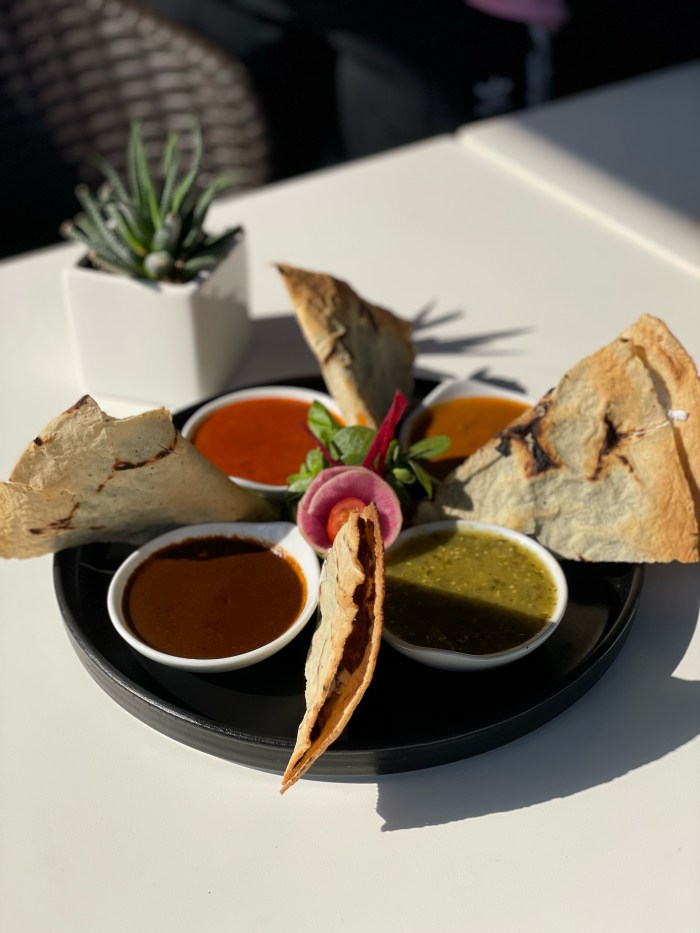
Paula Murphy
Xochi, located at the Marriott Marquis in Houston, is full of delectable Oaxacan dishes, from masas to tlayudas (giant tortillas) to Tacos de Chicharron. In the 2 for $24 menu, try the Memela, featuring toasted masa pancakes, roasted pork rib, refritos, crema, queso fresco, and tomatillo avocado sauce.
Some other tasty options are the Tacos de Pato, which include roasted duck, salsa albanil, rifritos, and chicharron; the Barbacoa de Res de Zaachila featuring grilled rolled skirt steak, hoja santa, guajillo puya and costeño pepper broth, potato, carrots, masa dumplings; and the enchiladas of the day.
There's also a brunch menu to soak up your hangover with traditional Mexican breakfasts, homemade chocolate for the sweets lovers, and an extensive menu of mezcal, tequilas and Mexican craft beers.
For those who are ready to try the official sauce of Mexico, Xochi has seven to twelve different moles at Xochi at any given time, and each one is made from scratch using a stone grinder to find the peppers and spices. The best way to experience this flavorful sauce is to come to Xochi and do a tasting, where you can try a number of different mole sauces to decide which is your favorite.
As Ortega says, "Mexican food is a world-class cuisine. It's a heritage for the world, [since] we have so many ingredients from Mexico that are used all over the world."
One of the best ways to experience this world-renowned cuisine is by trying its delectable mole sauce!
